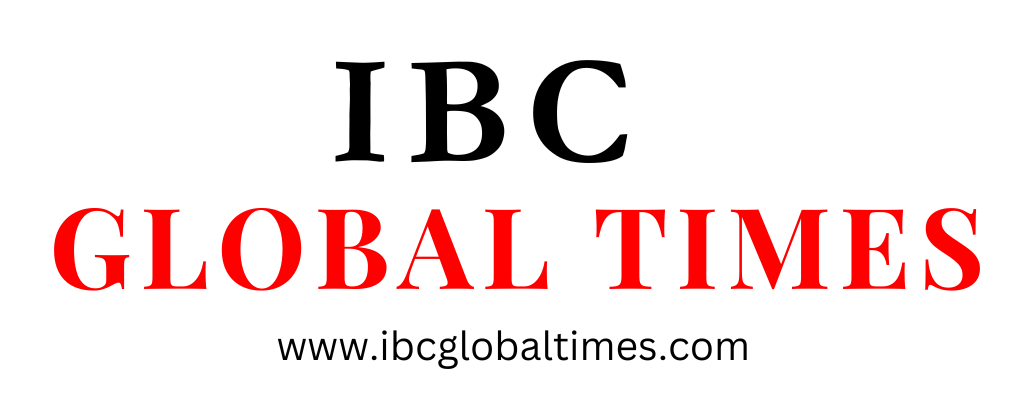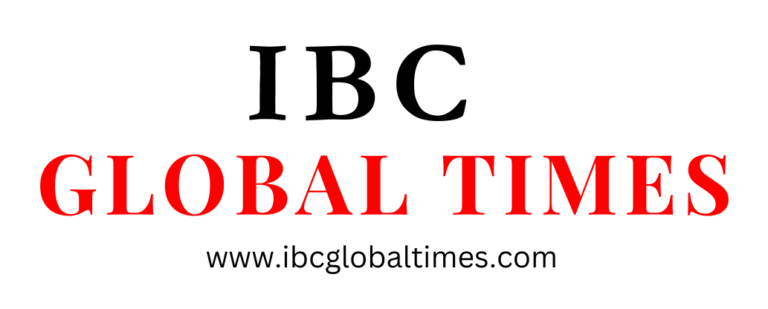In the complex landscape of healthcare, a perplexing paradox has emerged: while there is a growing dearth of doctors to meet the increasing demand for medical services, there exists a surplus of applicants vying for admission to medical schools. This paradoxical situation presents a multifaceted challenge for healthcare systems, educational institutions, and policymakers alike, as they seek to address workforce shortages while ensuring quality education and training for aspiring healthcare professionals. Here’s a closer look at the intricacies of the health paradox and potential pathways forward:
1. Shortages in the Healthcare Workforce: Across many regions, there is a pressing shortage of doctors and other healthcare professionals, driven by factors such as population growth, aging demographics, and evolving healthcare needs. The scarcity of doctors in certain specialties and underserved areas exacerbates disparities in access to care and strains healthcare delivery systems, impacting patient outcomes and healthcare quality.
2. Surge in Medical School Applicants: Despite workforce shortages, medical schools are experiencing a surge in applications from prospective students eager to pursue careers in medicine. Factors such as societal prestige, perceived job security, and altruistic motivations attract a diverse pool of applicants with varying backgrounds and aspirations to the medical profession, creating intense competition for limited spots in medical school cohorts.
3. Selectivity and Admissions Criteria: Medical schools face the challenge of selecting candidates who possess the requisite academic aptitude, clinical skills, and personal qualities to succeed in medical practice. Admissions committees must navigate complex criteria, including academic performance, standardized test scores, extracurricular experiences, and personal statements, to identify applicants who demonstrate the potential for excellence in healthcare delivery and patient care.
4. Balancing Supply and Demand: Achieving a balance between the supply of healthcare professionals and the demand for medical services requires a comprehensive approach that addresses workforce planning, medical education, and healthcare delivery models. Strategies such as targeted recruitment in underserved areas, expansion of medical school capacity, and diversification of healthcare roles aim to increase the availability and accessibility of healthcare services while promoting workforce diversity and cultural competence.
5. Training and Retention Strategies: Investing in medical education and training programs, including residency positions, continuing medical education, and professional development opportunities, is essential to cultivate a skilled and resilient healthcare workforce. Retention efforts, such as mentorship programs, work-life balance initiatives, and financial incentives for rural and primary care practice, can help retain healthcare professionals in high-need areas and specialties.
6. Policy and Systemic Reforms: Policymakers play a crucial role in implementing systemic reforms that address the root causes of workforce shortages and inequities in healthcare access. Policy interventions, such as loan forgiveness programs, scope of practice reforms, and reimbursement incentives for primary care and preventive services, aim to create a supportive environment for healthcare professionals and promote sustainable healthcare delivery models.
Sponsored
FACTS Transcripts
Apply for a University document anywhere
https://www.factstranscript.com
Quick Transcripts for popular Universities, check your University name now and get started. We help you to get your transcript application online which is accepted for use of IRCC.
No DD, NO Paperwork. 100% Authentic, Reliable.
FACTS Transcripts Charges · Reviews · Assam Universities · Home · Know your University









